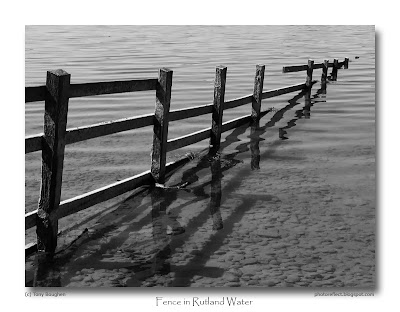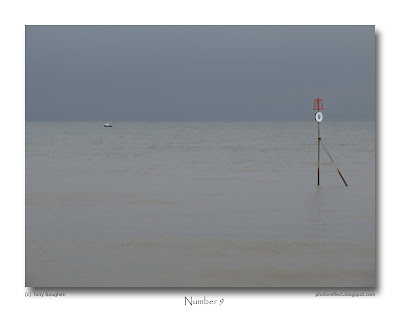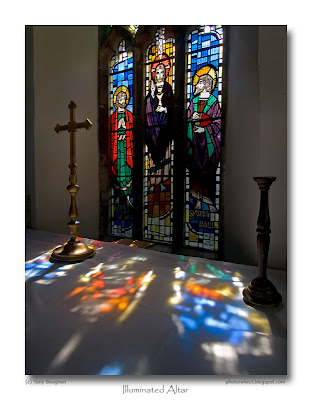 click photo to enlarge
click photo to enlargeIs the internet about to move from a situation where most web content is free to the user, to a position where a significant portion is charged, whether through subscription fees, micro-payments, or some other mechanism? A number of newspapers are considering following the example of the online versions of the Wall Street Journal and the Financial Times (the latter has 110,000 subscribers), not least because the ability to make any money through print newspapers is rapidly disappearing. Rupert Murdoch has made noises in this direction recently, so perhaps he'll be the one to precipitate any changes. But first he'll have to do something about the BBC. In the UK, and elsewhere across the world, this broadcaster's website, funded by the annual licence fee necessary for TV ownership in these islands, is many people's first port of call for news and other topics. Consequently it would be the likely destination of those who refused to pay if online news websites started to charge. That being the case it would seem that anyone who doesn't want to see the demise of free online newspapers, and the probable consequent increase in charging for internet content, should make sure that the BBC remains licence-funded and in the public domain.
My mind turned to this topic when I was trying to identify the type of pylon in today's photograph. I don't have a particular interest in pylons (in fact I don't like them much), but I do like to know a little about most things that are part of my everyday experience. So, with that in mind I turned to the "Pylon Appreciation Society" website. I've used it once before for this purpose, and was amused to find that such an organisation existed. However, when I turned to it this time I found that the "Field Guide" was in a section for members only. Lifetime membership has been set at £15, not a massive sum for someone smitten by these metal monsters, but too much for someone wanting to use it for only the second time, and then briefly. A few hobbyist websites charge for their content - some genealogy and photography sites have done so for years - but this is the first new example I've come across in recent months. A "one off" or part of a trend?
I took this photograph of a Lincolnshire wind farm, looking for a different approach to the subject, and decided that standing under the wires of an electricity pylon might offer something of interest. The black and white conversion has had the digital equivalent of an orange filter added to increase the contrast.
Oh, the pylon! I think it may be an L6D. Or is it an L8 variant? Who knows? I don't.
photograph & text (c) T. Boughen
Camera: Olympus E510
Mode: Aperture Priority
Focal Length: 13mm (26mm/35mm equiv.)
F No: f7.1
Shutter Speed: 1/640 seconds
ISO: 100
Exposure Compensation: -0.7 EV
Image Stabilisation: On





























